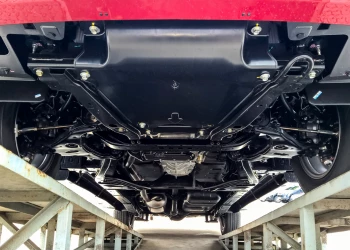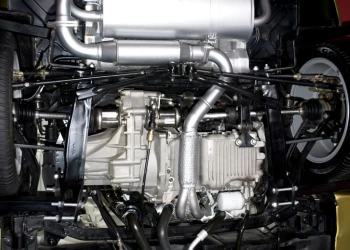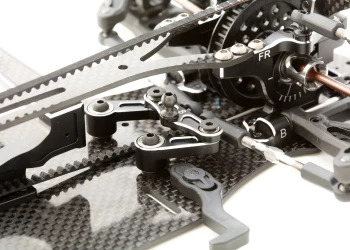Advanced Chassis & Safety Architecture: EAST-ADL
Add bookmark
As electrical components become more integrated into the vehicle’s chassis,
standardization for safety purposes becomes all the more important. In preparation for our international conference on Advanced Chassis & Safety Architecture, Automotive IQ spoke with Henrik L÷nn, Research Engineer with Volvo Group Trucks Technology to learn about an FP7 Project called MAENAD which he is coordinating.
"…if the vehicle is using a mixture of engine, wheel brakes and retarder… it is
necessary to know precisely how these systems are interacting during panic
braking or for smooth speed reduction or for stability control."
Click Here to Read the Full Interview
Automotive IQ: Could you give us some background on yourself and how you came to work for Volvo?
Henrik L÷nn: I had a PhD working at Chalmers University on automotive safety-critical systems and then I started at Volvo with various prototype systems and then gradually also on modeling and development methodology. I am coordinating the FP7 project "MAENAD", so today I am speaking to you in that role.
Automotive IQ: How long have you worked with Volvo?
H.L.: I started in 1999.
Automotive IQ: Could you explain what chassis and safety architecture means to you in the context of your work?
H.L.: Being primarily involved now in modeling and analysis of architectures, chassis architecture is very safety related and therefore the ones very relevant to have proper models and analysis of. The further aspect is that they are very complex so if you have several chassis sections that are interacting you have to be very careful about what is the interface, what is the responsibility of corresponding systems and what is the complete vehicle behavior when you put them together...
Click Here to Read the Full Interview






























